| |
|
|
Botanical Name |
: |
Mimosa pudica L. |
English
Name |
: |
Sensitive Plant |
Synonym(s) |
: |
Mimosa tetrandra Humb. & Bonpl. ex Willd., Mimosa pudica L. var. tetrandra (Willd.) DC., Mimosa unijuga Duch. & Walp., Mimosa pudica L. var. unijuga (Duch. & Walp.) Griseb. |
Family |
: |
Mimosaceae |
| |
General Info
| Description |
 |
|
M.pudica is a diffuse undershrub, 50 to 90 cm. high. The stem and rachis are clothed with prickles; the leaves are bipinnate, pinnae 2 to 4, digitatively arranged, with 10 to 20 pairs of leaflets; the flowers in pinkish globose heads; the pods, small, flat, straw-coloured, with many bristles; the seeds, 3 to 5. |
| Herb Effects |
 |
|
Antibiotic, antimicrobial, anti-neurasthenic, antispasmodic, diuretic, nervine, poison, sedative |
Chemistry
| Active Ingredients |
 |
|
Turgorines (hormones) and tubulin (plant), ascorbic-acid, crocetin, crocetin-dimethyl-ether, D-glucuronic-acid, D-xylose, linoleic-acid, linolenic-acid, mimosine, mucilage, norepinephrine, oleic-acid, palmitic-acid, sitosterol, stearic-acid |
| Chemistry
of Active Ingredients |
 |
|
|
 |
Name |
CAS# |
IUPAC Name |
Formula |
Structure |
 |
|
| Ascorbic acid |
Not Available |
2-(1,2-dihydroxyethy
l)-4,5-dihydroxy-fur
an-3-one |
C6H8O6 |

|
| Crocetin |
27876-94-4 |
2,6,11,15-tetramethy
lhexadeca-2,4,6,8,10
,12,14-heptaenedioic
acid |
C20H24O4 |
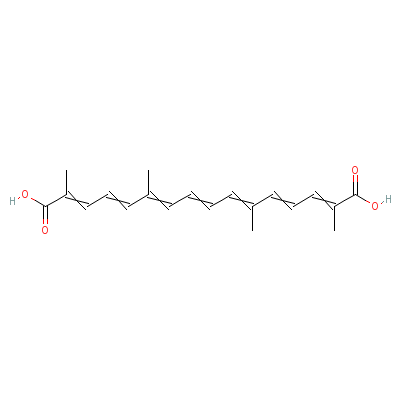
|
| D-glucuronic acid |
576-37-4 |
3,4,5,6-tetrahydroxy
oxane-2-carboxylic
acid |
C6H10O7 |
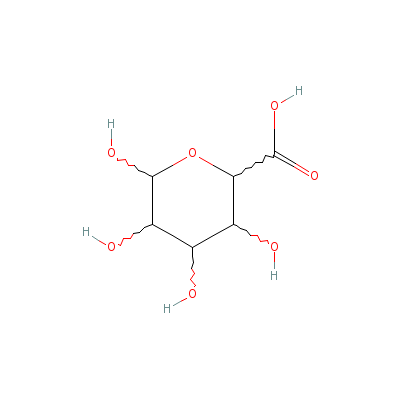
|
| D-xylose |
58-86-6 |
oxane-2,3,4,5-tetrol |
C5H10O5 |
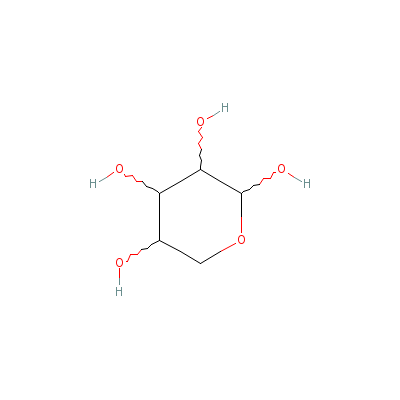
|
| Mimosine |
2116-55-4 |
2-amino-3-(3-hydroxy
-4-oxo-pyridin-1-yl)
-propanoic acid |
C8H10N2O4 |
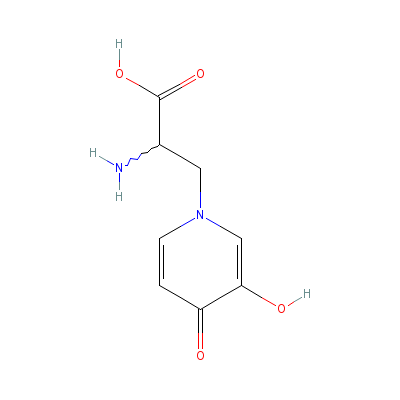
|
| Norepinephrine |
66197-73-7 |
4-(2-amino-1-hydroxy
-ethyl)benzene-1,2-d
iol |
C8H11NO3 |
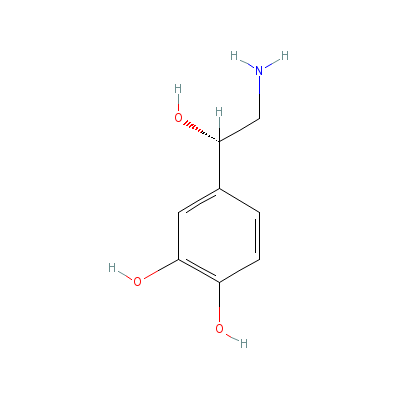
|
| Oleic acid |
8046-01-3 |
octadec-9-enoic acid |
C18H34O2 |
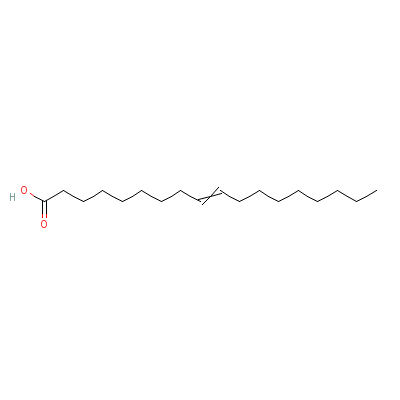
|
| Palmitic acid |
66321-94-6 |
hexadecanoic acid |
C16H32O2 |
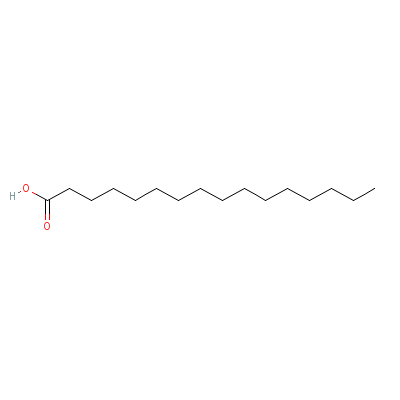
|
| Sitosterol |
5779-62-4 |
17-(5-ethyl-6-methyl
-heptan-2-yl)-10,13-
dimethyl-2,3,4,7,8,9
,11,12,14,
15,16,17
-dodecahydro-1H-cycl
openta[a]phenanthren
-3-ol |
C29H50O |
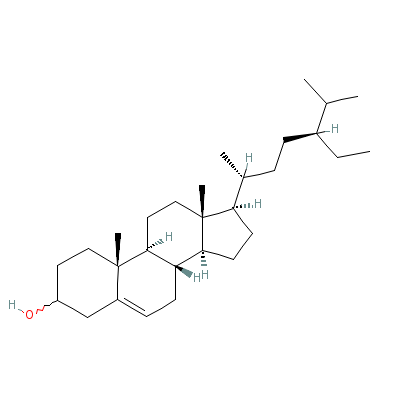
|
| Stearic acid |
82497-27-6 |
octadecanoic acid |
C18H36O2 |

|
|
Pharmacology
| Medicinal Use |
 |
|
Problems of the urinary tract, including stones, to relieve asthma and diarrhea (root decoction); swolen areas involving glands and in hydrocele (leaf paste); in dressings for sinus and also as an application for sores and piles (leaf juice); hemorrhoids (leaf juice and plant); against itching, relieves scabies patches, fistula (plant). |
| Contraindication |
 |
|
Do not use in pregnancy or nursing.. The dried plant is reportedly toxic to cattle. |
| Reference |
 |
|
 The Himalaya Drug Company. The Himalaya Drug Company.
Sharma, Classical Uses of Medicinal Plants.
Uniyal et al., Medicinal Flora of Garhwal Himalayas. |
Dealers
Products
|
|